There are many different hamster species that can be found throughout the world, so there is not one simple answer to explain where all hamsters come from. For the most, they originate from Asia and Europe and have only been domesticated in the last century. In this article, we are going to take a look at the five different domestic hamster species and exactly where they came from. You will also find the answer to some other frequently asked questions about wild versus domesticated hamsters.
Where Do Hamsters Live? An Illustrated Guide
Here is a map that will help you to locate the natural habitat of the 5 most common species of hamsters that are kept as pets.
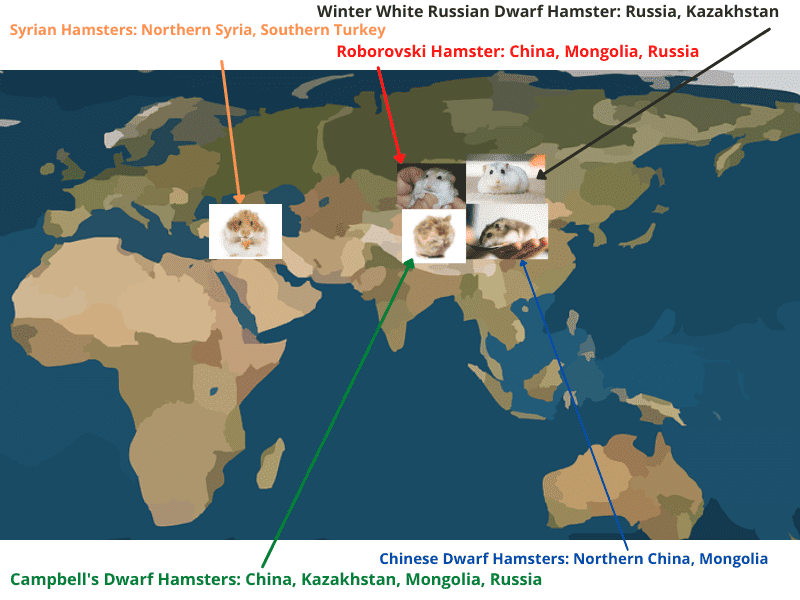
- Syrian Hamsters: Northern Syria, southern Turkey
- Chinese Dwarf Hamsters: Northern China, Mongolia
- Campbell’s Dwarf Hamsters: China, Kazakhstan, Mongolia, Russia
- Winter White Russian Dwarf Hamsters: Russia, Kazakhstan
- Roborovski Hamsters: China, Mongolia, Russia
See also: Hamster Breeds and Colors – An Illustrated Guide
Syrian Hamsters: Northern Syria, Southern Turkey
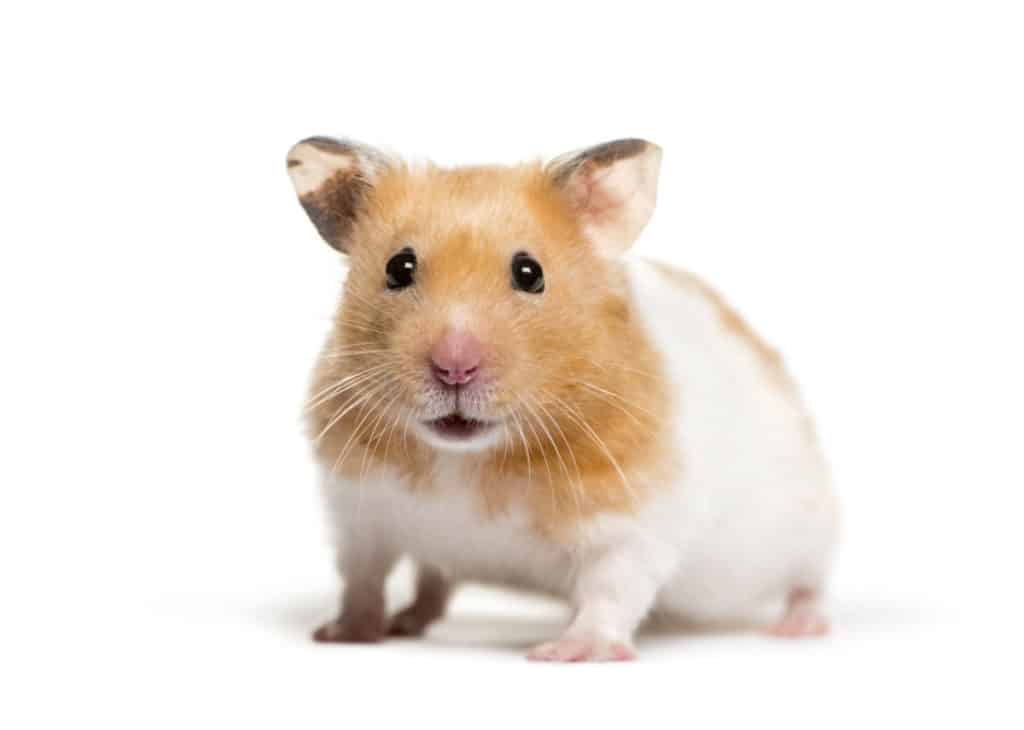
Despite the fact that the Syrian hamsters are one of the most popular hamster breeds to have as pets, they are actually rather rare to find in the wild, and they always have been. Syrian Hamsters come from northern Syria and southern Turkey.
The main expedition credited with the ‘discovery’ and domestication of Syrian hamsters occurred in the 1930s when a biologist, Israel Aharoni, decided to go out in search of the elusive golden hamster. In his career, he spent a lot of time seeking animals that were described in the Torah, one of which was the golden hamster. However, except for this description in the Torah and a few other noted citings, it was extremely rare. In fact, many people doubted its existence.
Aharoni and his crew also hoped that the Syrian hamster would make a good replacement for the Chinese hamster in lab research since the Chinese hamster had proven to be hard to breed and care for.
Eventually, he did locate a litter of wild Syrian hamsters and managed to capture them. However, it was not smooth sailing after that. They had problems with territorial disputes between mother and young, some escaped, and some died. Luckily, enough of the litter survived that they were able to start breeding them. That litter ended up being the start of the hamster pet industry.
However, they are still very rare in the wild. In fact, there have only ever been three scientific expeditions to successfully observe Syrian hamsters in the wild. The most recent expedition was back in 1999.
Chinese Dwarf Hamsters: Northern China, Mongolia
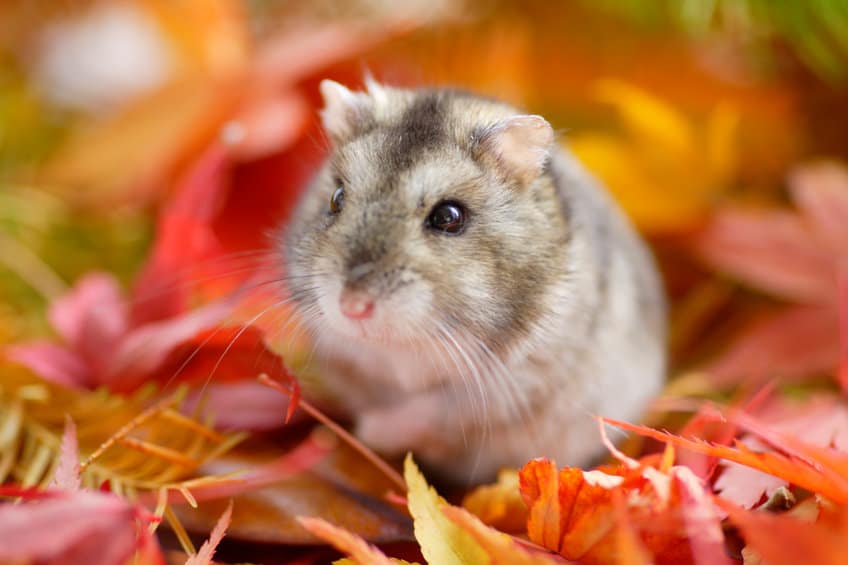
Chinese dwarf hamsters originate from deserts found in northern China and Mongolia. They were originally domesticated to be used as lab animals, specifically for medical research. However, Chinese hamsters were very difficult to breed and required large enclosures, or else they would get temperamental and difficult to work with. Because of this, scientists eventually began using other rodents like rats and mice because they were easier to breed and care for than Chinese dwarf hamsters. However, even today, there are a few medication research projects that are using Chinese dwarf hamsters instead of other rodents.
After they stopped being used as laboratory animals, people did begin to keep Chinese hamsters as pets. For the most part, unless people are interested in breeding, they keep female hamsters rather than males. This is because Chinese hamsters, especially males, can be territorial and nippy. However, if they are handled from a young age, Chinese hamsters can actually be very endearing pets.
Chinese dwarf hamsters do still live in the wild, and some places, such as California and New Jersey, actually consider the Chinese dwarf hamster to be an exotic pet. Because of this, they require owners to have a special permit. Therefore, if you are considering getting a Chinese hamster, you should make sure you check out the laws wherever you live.
Campbell’s Dwarf Hamsters: China, Kazakhstan, Mongolia, Russia
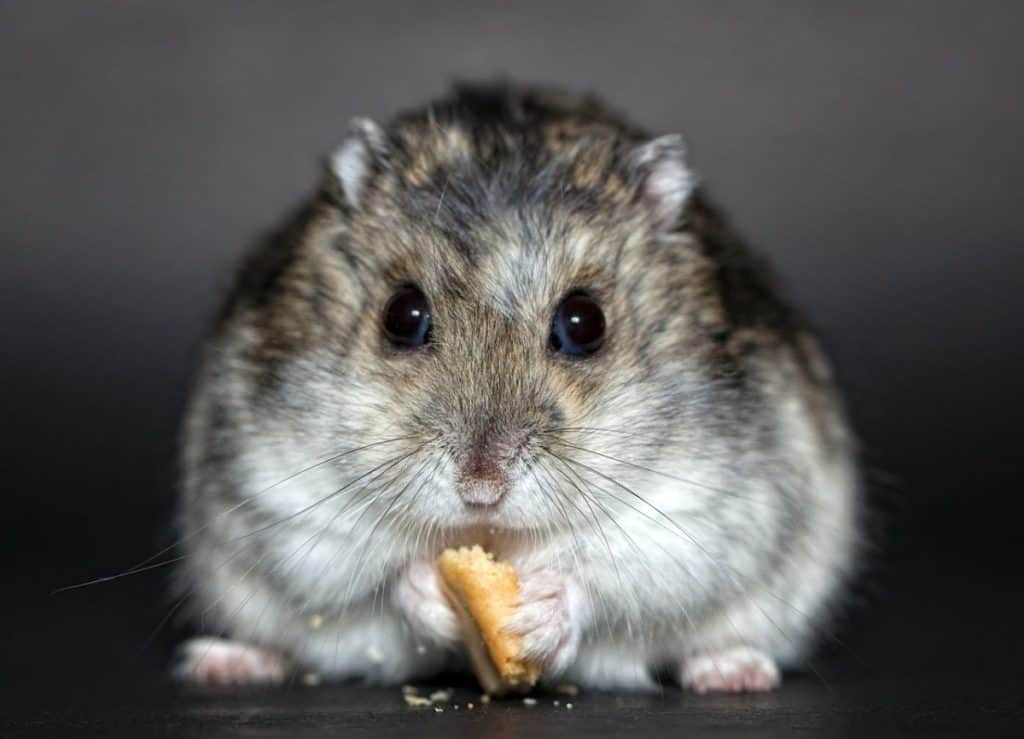
Campbell’s dwarf hamsters can also be found in Mongolia, but also in China, Kazakhstan, and southern Russia. They typically live in semi-desert lands and spend a lot of their time in their burrows. Sometimes they are even known to steal burrows from other rodents in the area rather than building their own. If you are going to see a wild Campbell dwarf hamster, it will likely be in the evening as that is when they are most active and come out of their burrows to look for food.
The first person to discover and collect Campbell dwarf hamsters was Charles William Campbel in 1902, though it was not named until several years later. Since then, they have become one of the more common hamster breeds to be domesticated and turned into a pet after Syrian hamsters.
Despite their shared popularity, there are several key differences between the Campbell hamster and the Syrian hamster. One of which is the fact that Campbell hamsters can be kept in pairs or even small groups as long as they are introduced at a young age.
Winter White Russian Dwarf Hamster: Russia, Kazakhstan
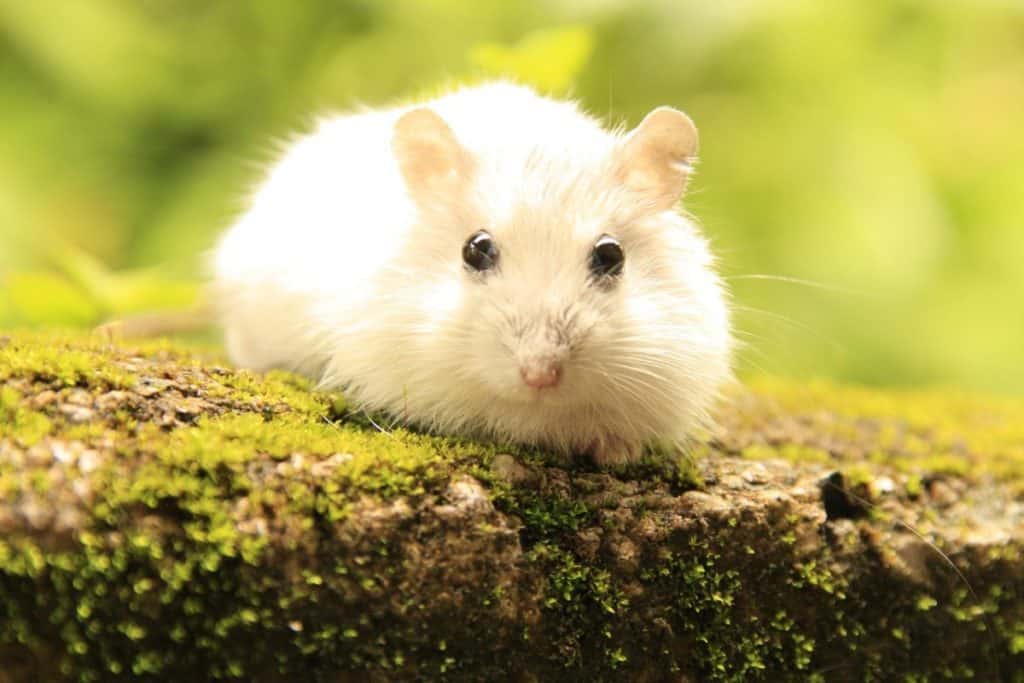
Winter white hamsters, also known as Siberian dwarf hamsters, were first identified by Peter Simon Pallas, a rather famous Russian scientist who has several different species of birds, a cat, and a meteorite named after him. However, this specific hamster does not share his name because he originally misidentified the creature as a mouse, not a hamster.
One of the unique characteristics of wild winter white hamsters is that they actually change the color of their coat from brown to white as the season turns to winter. This allows them to better camouflage in the summer and the winter. However, if you get a pet winter white you will find that he stays white all year round rather than shedding his white coat for a brown one.
Winter white hamsters are also one of the more social hamster breeds. Because of this, they tend to be rather calm and friendly, which is one of the reasons they have been domesticated as pets. If you are looking for a hamster that you can handle and play with on a regular basis, this is a really good option.
Roborovski Hamster: China, Mongolia, Russia

Roborovski hamsters were first discovered in 1894 by lieutenant Roborovski, who they were named after. They were originally found in Nanshan, China, but they can be found in dry areas throughout Mongolia, China, and Russia.
While these hamsters were discovered relatively early, it was not until a good bit later that they began to be bred and kept as a pet. The first major attempt at breeding was in the 1960s when a colony was created at the London Zoo. However, they failed to breed, and it was not until after 1970 that people began to keep them as pets. Finally, in the 90s, the Robo hamsters spread out of the UK and started to grow in popularity in the United States.
There are a few reasons why it may have taken a while for these animals to become common household pets. First of all, they are major burrowers. In the wild, Roborovski hamsters will create burrows up to 6 feet deep, which means they need rather large enclosures when kept in captivity so they can create burrows. Another possible reason is that they are very fast and lively creatures. This makes them much harder to handle and control than other species of hamsters that have been domesticated.
Where Do Hamsters Come From Before The Pet Store?
Hamsters that you buy at a pet store will have come from a breeder, not the wild. This is especially true for breeds like the Syrian hamsters which are especially hard to locate and capture. Pet stores should be able to provide you with some specific information about where their hamsters come from, such as who the breeder is and how you could contact them if you have more questions.
This is not to say that there are no pet hamsters that were captured as wild hamsters and domesticated. Species that are easier to find and have more docile temperaments are easier to domesticate; therefore, they may be captured and domesticated before being delivered to a pet store rather than bred, but this is still rather rare. Additionally, there are several protected wild hamster species where capture and domestication practices would be frowned upon and even prohibited.
Do Hamsters Still Live in the Wild?
Because hamsters have become such popular pets, it can be hard to imagine them in the wild. How would such a cute, tiny, furry creature survive in the wild? But the truth is, there are still hamsters that live happily in the wild, though they do miss out on the fun, colorful toys and the never-ending supply of food and water that domesticated hamsters enjoy.
In the wild, there are actually 18 different species of hamsters that can be found in places all across the globe, including China, Greece, Romania, Belgium, and Syria. However, you will not find wild hamsters in North America. Additionally, many of these 18 different species are considered endangered.
Different hamster species have different habits. Some wild hamsters live in groups, while others are extremely territorial and will fight one another over resources and space. Most species of wild hamsters live in burrows and hoard food. Hamsters are omnivores, so they do eat things like bugs, lizards, and frogs, but their main diet is made up of things like grasses, weeds, and seeds.
Finally, while you may feel like hamsters are rather defensive, they actually have rather strong incisors that they can use to fight, and when they need to flee, they are very quick. Nevertheless, the lifespan of wild hamsters tends to be significantly shorter because of predators.
Are Wild Hamsters The Same As Domesticated Hamsters?
The main differences between domesticated hamsters and wild hamsters are their temperaments, not how they look. Wild hamsters have to fend for themselves, while domesticated hamsters never have to learn all those survival skills. Because of this, wild hamsters tend to be much better foragers and hunters; they also tend to have better burrowing and predator avoidance skills. This is because wild hamsters have to put these skills into practice every day, while a domesticated hamster might just incorporate them into play.
Domesticated hamsters are also much more open to being handled by humans than wild hamsters. Even the most temperamental domestic hamster breeds are better with humans than wild hamsters. In fact, most wild hamsters will not even let people come near them.
That being said, there are some similarities between domesticated and wild hamsters. For instance, they tend to look similar except for the fact that domestic hamsters tend to be slightly smaller than wild hamsters. They also have very similar nutritional requirements.
Is Their Number Increasing or Decreasing?
For the most part, the number of hamsters left in the wild has been steadily decreasing. This is due to a wide variety of different factors, including climate change and habitat destruction. In fact, many wild hamster breeds are now on the endangered species list. However, in response, there has been a variety of different preventative measures put into place to protect endangered wild hamster species. These measures include animal tracking, population reinforcement, and suitable habitat implementation.
Unfortunately, these measures have not been enough to protect certain wild hamster species, such as the European hamster. In 2020 the European hamster, which is considered to be the rarest wild hamster, was moved to the classification of critically endangered despite various countries’ conservation initiatives.
On the other hand, there are some hamster breeds that are not considered endangered. For instance, wild Roborovski dwarf hamsters, winter white hamsters, Chinese dwarf hamsters, and Campbell dwarf hamsters are all considered to be in the least concern category. This means that while they are still being monitored, their populations are considered stable.
Who Are Their Predators?
As you may have guessed, these small creatures have a long list of predators. This is why some of the smaller species have learned to live in small groups as a form of extra protection. It is also why almost all hamster breeds burrow under the ground. You will notice that even your domesticated hamster will spend a lot of time burrowed under things because it is a part of their natural instincts.
The list of their predators includes snakes, birds, wolves, foxes, wild cats, jackals, owls, weasels, and storks. You will even find that some domesticated pets like cats will eat a hamster if they get their paws on one. This is why you should not leave your hamster alone with other household pets. Even though your cat seems sweet, sometimes their natural hunting instincts kick in.
There are even some parts of the world where humans would be considered a predator of hamsters. This is because, while they are considered pets in most of the Western world, there are many places across the globe that consider hamsters to be a regular part of their diet.
Can I Keep a Wild Hamster as a Pet?
The answer to this is a little bit more complicated than you might think. If you are asking whether it is possible to domesticate a hamster caught in the wild, the answer is yes, especially if you catch one while it is still young. All domesticated hamsters that we have today can be traced back to a hamster that was at one point a wild hamster.
It is extremely difficult to find and catch a hamster. Most hamster breeds are extremely quick and good at hiding. They can burrow deep into the ground and run into tight hiding places we could not dream of squeezing into. Additionally, even if you do find a wild hamster and manage to catch it, they have extremely sharp teeth and will use them to defend itself. It is much easier to adopt a hamster already born as a domesticated animal than to catch one and domesticate it yourself.
Finally, if the hamster breed is considered endangered, it is considered illegal in many places to catch and domesticate them. So even if you could find one, catch one, and manage to domesticate it, you could end up in some legal trouble. For these reasons and more, it is better to leave the domestication of hamsters to the experts.
Do Hamsters Live in the Wild in America?
No, you are not going to find a wild hamster in America. Of the 18 or more hamster species known in the world today, none of them are native to the United States. Additionally, while different breeds of hamsters have been brought over to America as pets and domesticated animals, none have been brought over and released as wild hamsters. If this were to happen and they were able to successfully survive and reproduce, they would be considered an invasive species and could mess up the food chain/ecosystem.
What Happens If You Release a Hamster into the Wild?
If you decide that you no longer want your pet hamster and release it into the wild, it will not survive. While there are hamsters that live in the wild, your hamster is not equipped to. Your hamster will not know how to hunt and forage for food, will not know how to defend himself, and will not have the immune system to fight off things like parasites. All of this to say, a pet hamster released into the wild would inevitably end up dying from one or more of a number of different dangers.
Additionally, releasing hamsters into the wild is illegal in most places. This is because there are environmental laws that protect native ecosystems from invasive species and animal cruelty laws that have been put into place to protect pets.
Read also
- 150 Best Hamster Names
- Is the Ferplast Favola Cage a good hamster cage?
- 8 signs your little hamster has unfortunately passed away
References and further reading:
- Notes on the current distribution and the ecology of wild golden hamsters (Mesocricetus auratus), R. Gattermann, P. Fritzsche, K. Neumann, I. Al-Hussein, A. Kayser, M. Abiad and R. Yakti.
Contents
- Where Do Hamsters Live? An Illustrated Guide
- Syrian Hamsters: Northern Syria, Southern Turkey
- Chinese Dwarf Hamsters: Northern China, Mongolia
- Campbell’s Dwarf Hamsters: China, Kazakhstan, Mongolia, Russia
- Winter White Russian Dwarf Hamster: Russia, Kazakhstan
- Roborovski Hamster: China, Mongolia, Russia
- Where Do Hamsters Come From Before The Pet Store?
- Do Hamsters Still Live in the Wild?
- Are Wild Hamsters The Same As Domesticated Hamsters?
- Can I Keep a Wild Hamster as a Pet?
- Do Hamsters Live in the Wild in America?
- What Happens If You Release a Hamster into the Wild?













